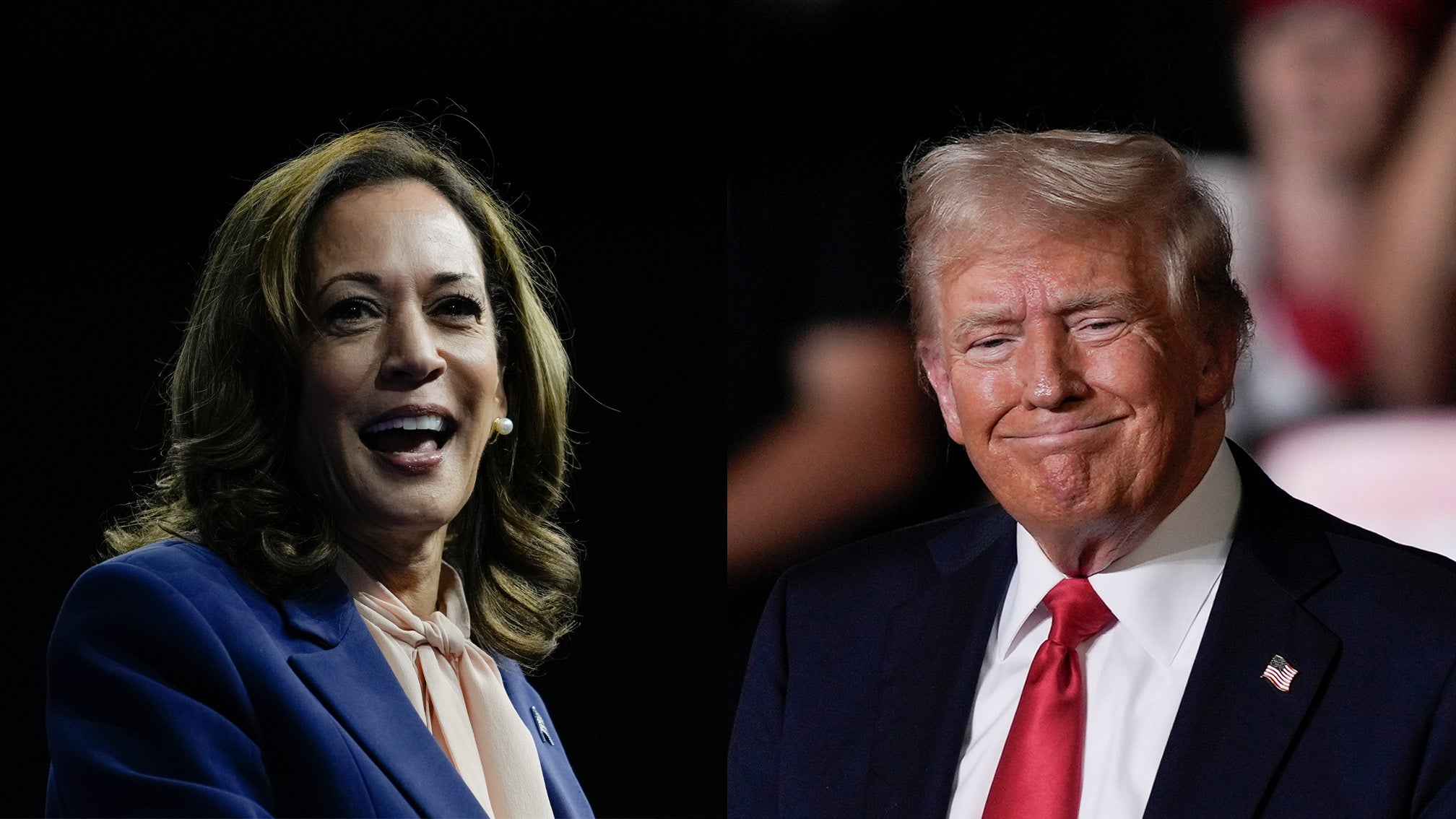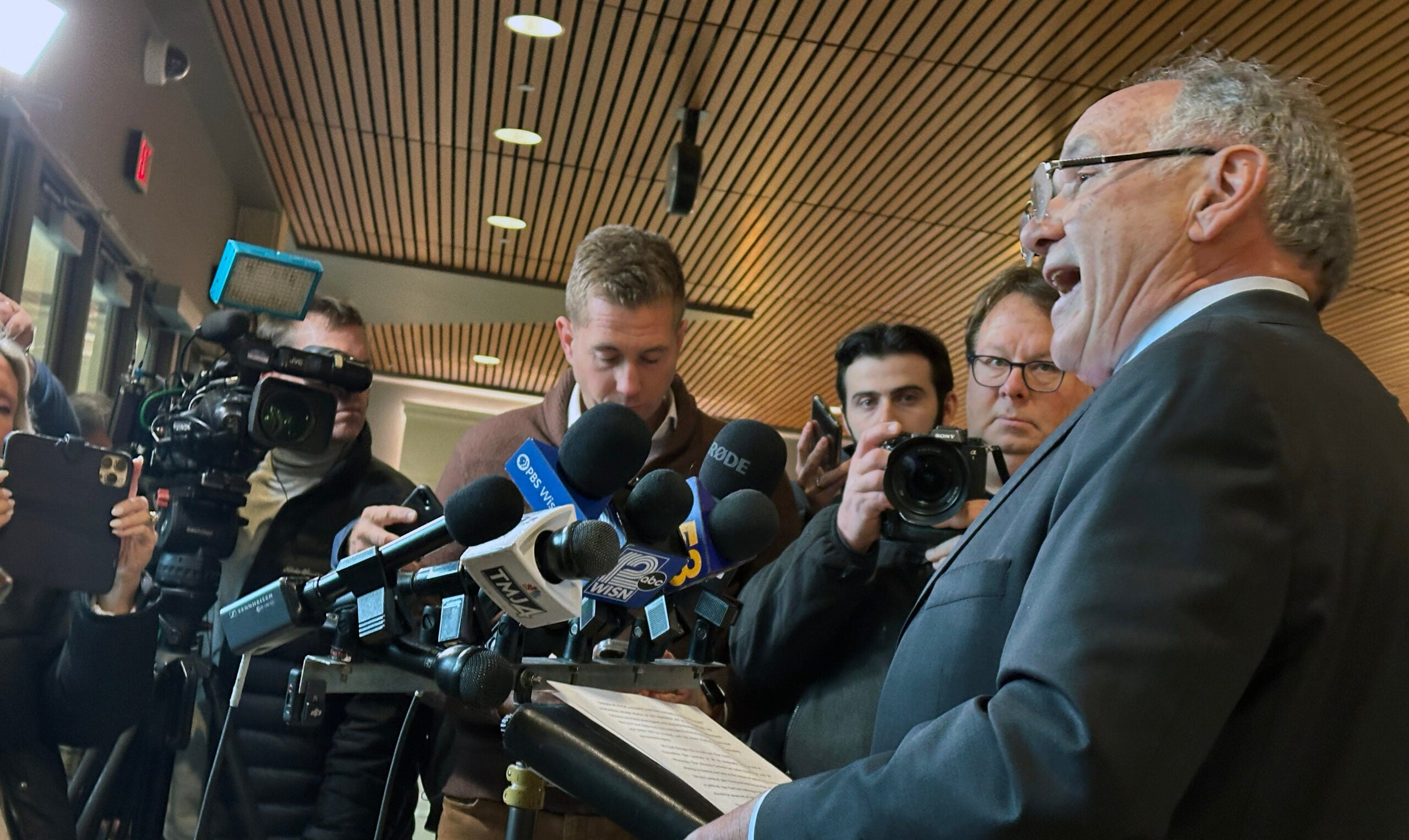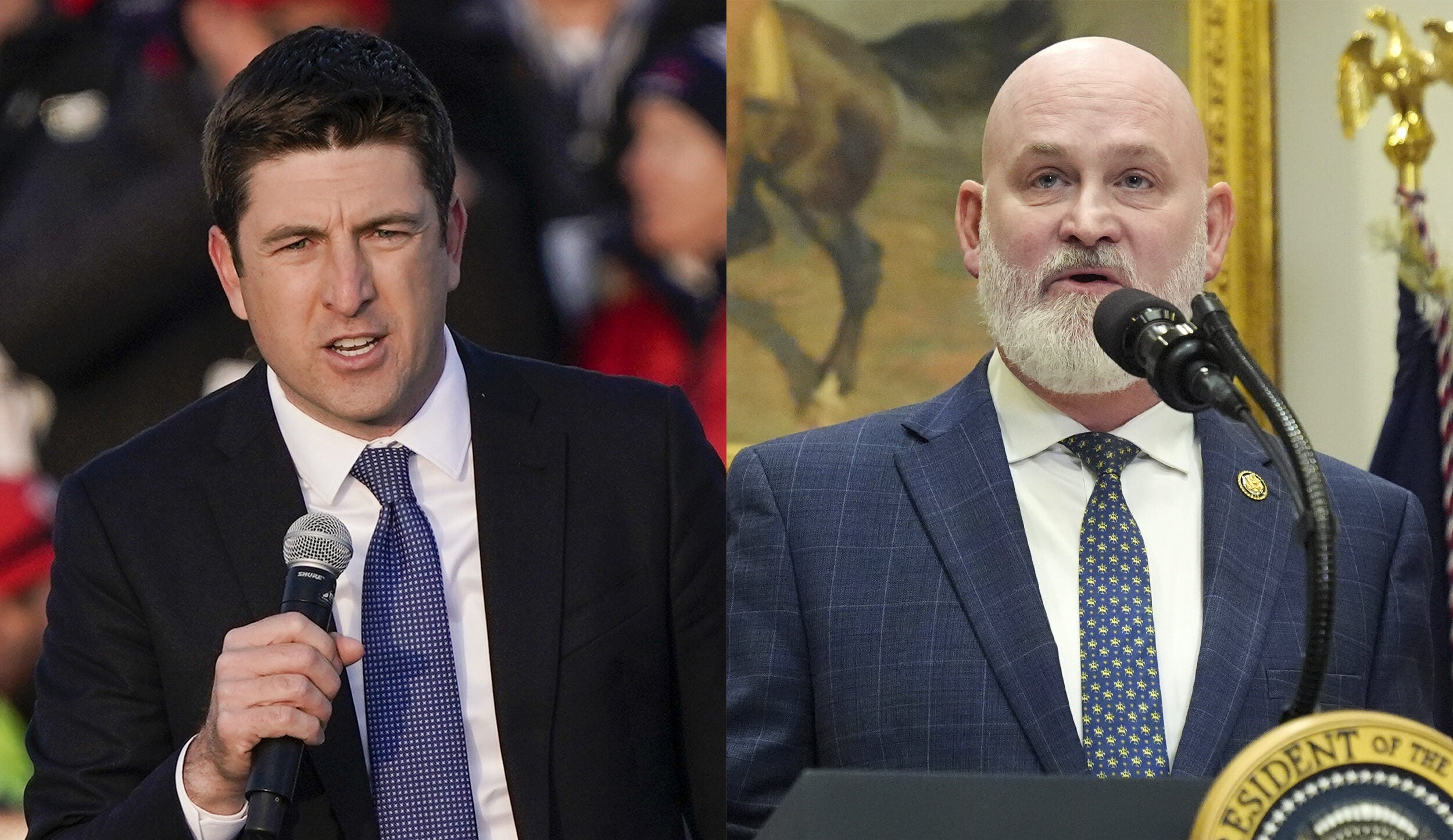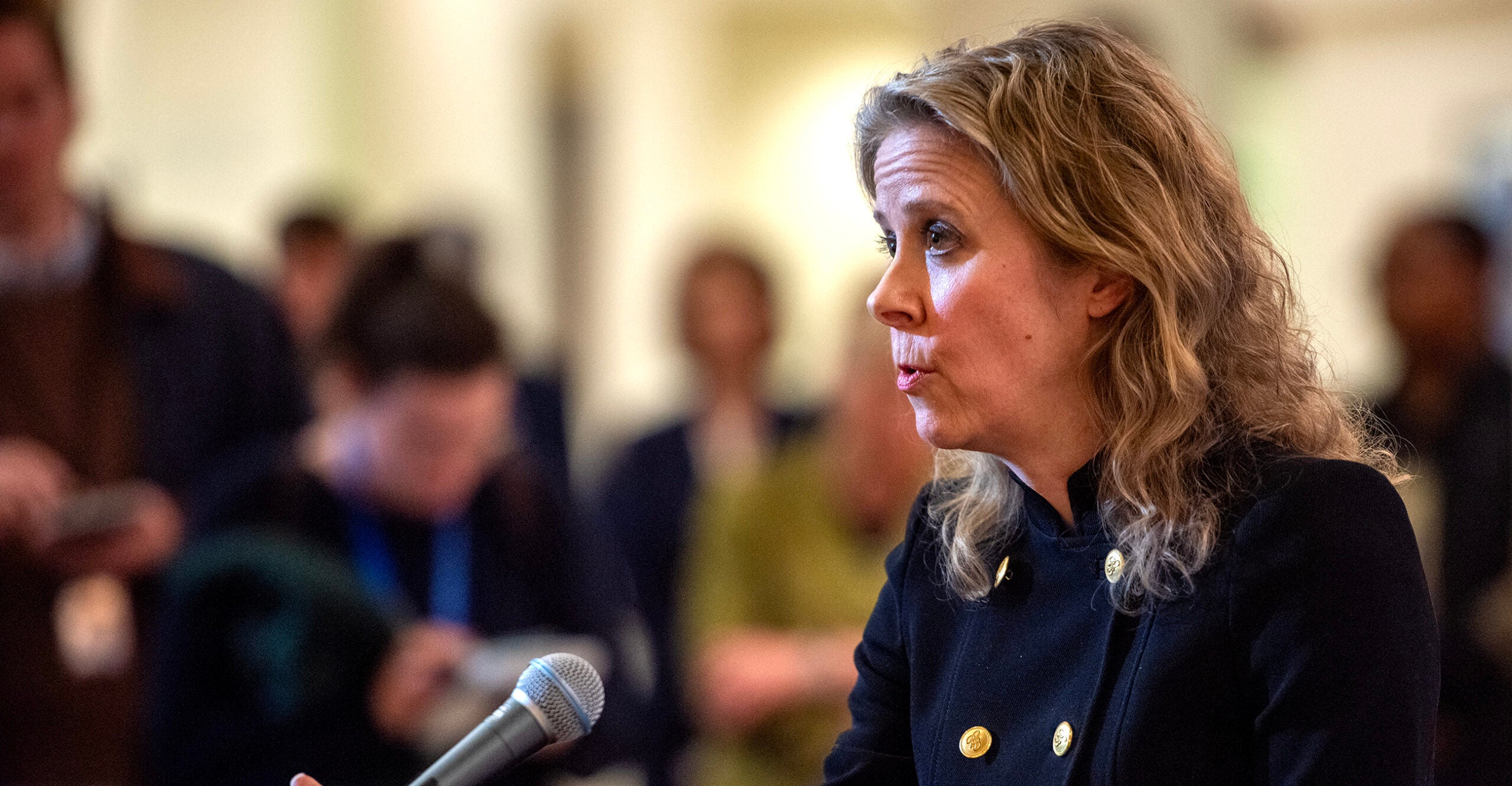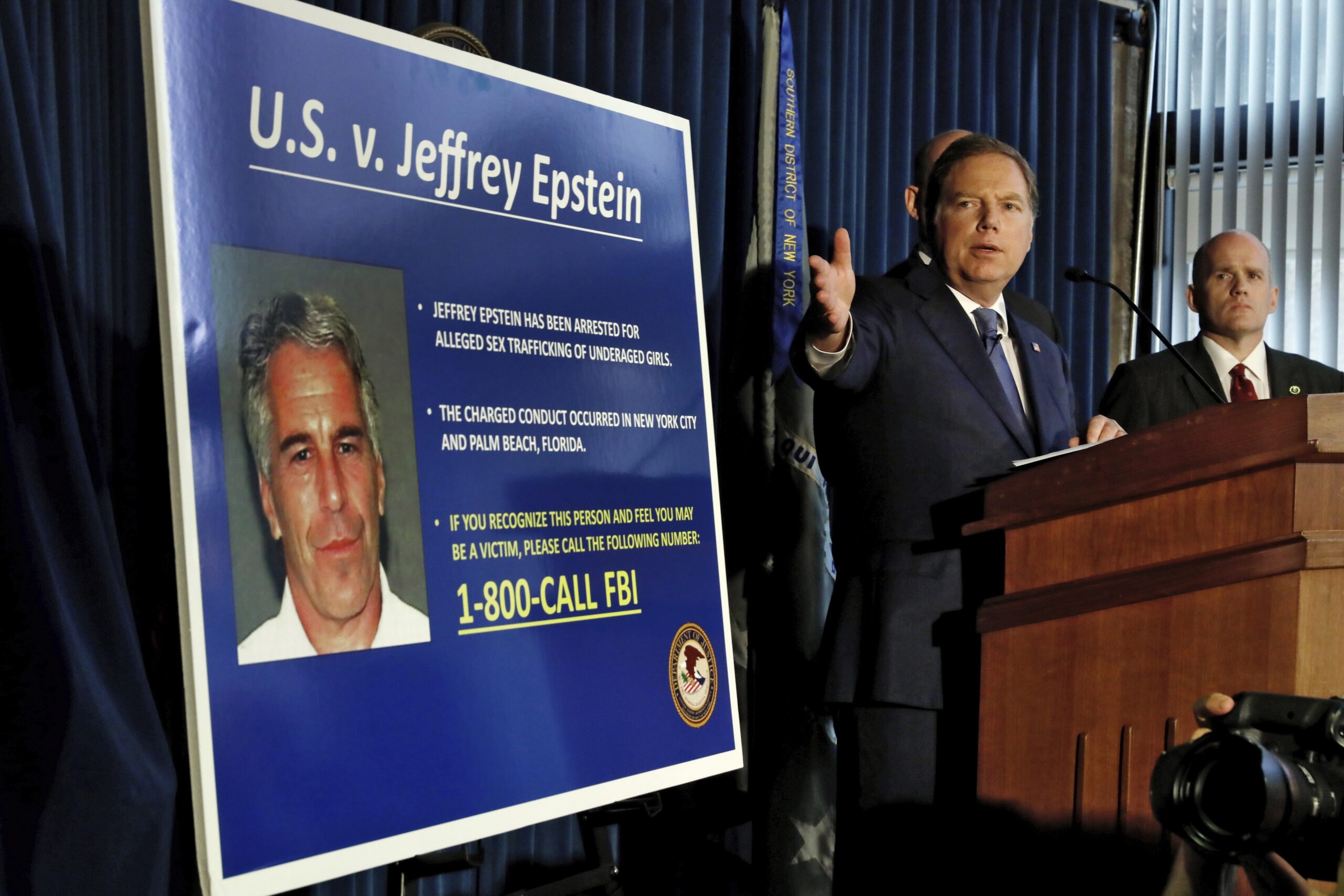Former President Donald Trump and his backers intensified their focus on TV advertising over the past month, with pro-Trump ads running nationally more often than ads supporting President Joe Biden and Vice President Kamala Harris, according to a recent analysis.
The study also found, however, that the frequency of Harris ads eclipsed Trump ads in at least two of Wisconsin’s major media markets.
Since mid-July, broadcast TV ads supporting Trump ran nearly 44,000 times across the country, according to the Wesleyan Media Project, while ads supporting Biden and Harris aired about 33,000 times.
News with a little more humanity
WPR’s “Wisconsin Today” newsletter keeps you connected to the state you love without feeling overwhelmed. No paywall. No agenda. No corporate filter.
Unsurprisingly, the study found that both sides poured their resources into closely-fought swing states, with the biggest bucks going to media markets in Arizona, Pennsylvania and Georgia over the last month. But Wisconsin, in particular, appears to be a current area of focus for the Harris campaign.
In the Milwaukee and Green Bay areas, pro-Biden and pro-Harris presidential ads ran more frequently than pro-Trump ones.
Democrats also outspent Republicans in those areas. In the Green Bay market, for instance, the study estimated Democrats spent $2.3 million on broadcast TV, more than twice what Trump’s campaign spent in that area.
That indicates Harris’ campaign is zeroing in on the Badger State — at least for now — said Michael Franz, a co-director of the Wesleyan Media Project.
“At least in this early part of this part of the election, it looks like the Democrats think Wisconsin is too important to triage,” Franz said.
The project’s latest four-week-long analysis focused on broadcast TV spending, which mostly included ad buys through major network affiliates. It didn’t include spending on cable TV, or digital ad buys on platforms like YouTube or streaming services.
The report, Franz acknowledged, doesn’t tell the “full, comprehensive story” of campaign spending.
Nonetheless, he noted that, historically, campaigns have allocated a large chunk of their budgets to broadcast television.
“TV is still important, primarily, because it reaches a lot of voters,” he said. “The media markets have a broad geographic range, and the audience for broadcast television, live television, skews older. Those voters tend to be reliable turnout in a campaign, and so they’re of critical importance.”
While Trump and Republicans aired more ads nationally, the study also found Democrats spent significantly more.
Between July 12 and Aug. 11, Democrats spent $62.6 million on broadcast TV for the presidential campaign, while Republicans spent $49.4 million, according to the study.
Biden dropped out of the race and endorsed Harris on July 21.
Wisconsin Public Radio, © Copyright 2025, Board of Regents of the University of Wisconsin System and Wisconsin Educational Communications Board.

